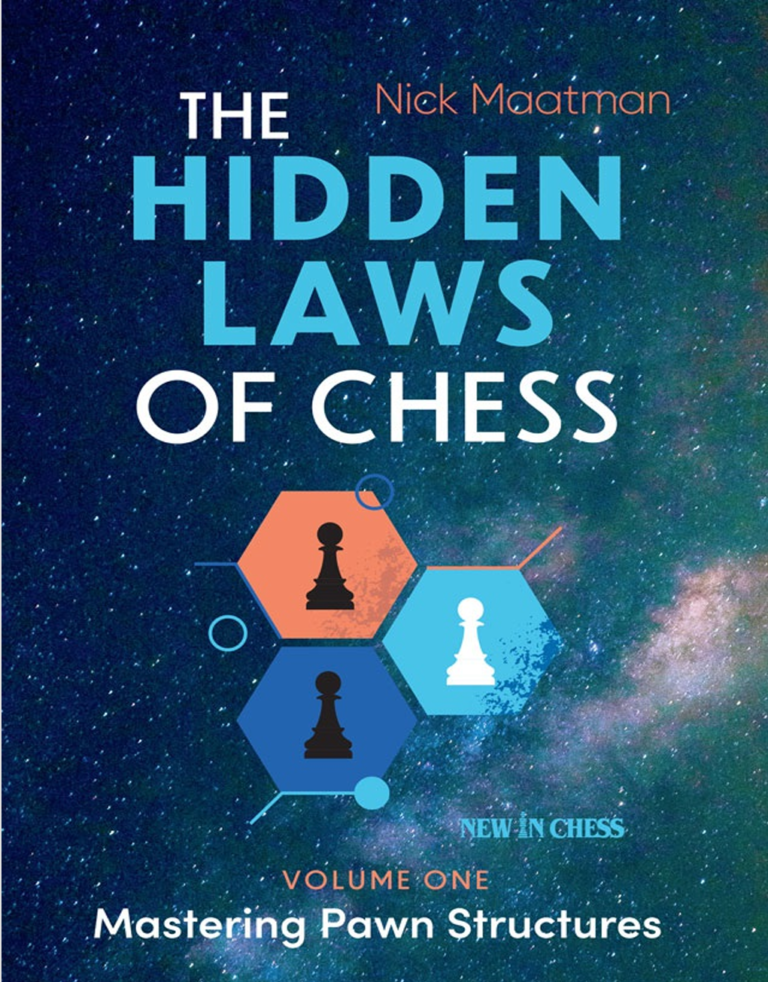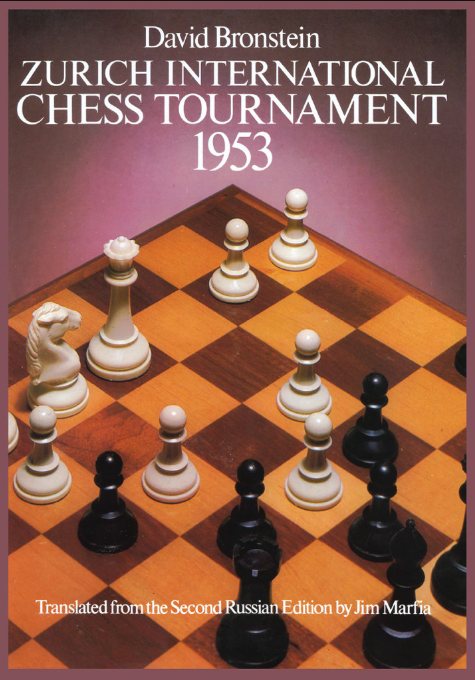
Book Review: The 4-Hour Workweek: Escape 9-5, Live Anywhere, and Join the New Rich by Tim Ferriss
“What if you could live more by working less?”
In The 4-Hour Workweek, Tim Ferriss offers a bold, countercultural blueprint for anyone who wants to maximize freedom and fulfillment. He challenges the traditional work ethic of grinding through a 9-to-5 job, arguing that a different path is possible—one that prioritizes time and mobility over accumulating wealth alone. This concept of “lifestyle design” is Ferriss’s key innovation, encouraging readers to use technology, outsourcing, and unconventional methods to reduce working hours and focus on life’s true enjoyments.
Overview
Ferriss divides the book into four major sections: Definition, Elimination, Automation, and Liberation—or “D.E.A.L.”—as the steps to achieving what he calls the “New Rich” lifestyle. The journey starts with defining what an ideal life looks like, progresses through eliminating time-wasting tasks, automating income streams, and finally achieving liberation from traditional work structures. Through a combination of personal anecdotes and practical steps, Ferriss explains how to achieve this flexible lifestyle.
Key Elements
Themes and Ideas:
Ferriss critiques the conventional path of working a full career until retirement, arguing that traditional goals like wealth accumulation and career advancement are often misguided. Instead, he advocates “mini-retirements” and prioritizing time over money, suggesting that life satisfaction stems from experiences and relationships rather than financial security alone. His focus on “geoarbitrage” (earning in strong currencies and living in lower-cost locations) emphasizes that the freedom to live flexibly can create a more fulfilling life than conventional success markers.
Research and Evidence:
While Ferriss references some psychology and productivity studies, much of the book’s evidence is anecdotal, based on his personal experiments and observations. For instance, he shares stories of streamlining his own supplement business and using virtual assistants to manage tasks, illustrating the effectiveness of his methods. Though not rigorously scientific, the examples demonstrate how Ferriss’s principles can be applied in real-world scenarios.
Writing Style:
Ferriss’s writing is conversational, energetic, and direct, which makes the book highly engaging. His informal tone, combined with motivational language, gives it a sense of urgency and practicality. However, this casual style may feel ungrounded for readers seeking a more in-depth, research-backed approach. Still, his enthusiasm and straightforward guidance make complex concepts accessible and exciting.
Strengths
A standout strength of The 4-Hour Workweek is its actionable approach. Ferriss provides concrete steps, resources, and exercises that readers can implement immediately, making the book feel like a hands-on guide to reclaiming one’s time and freedom. His fresh approach to productivity and outsourcing is particularly empowering, with advice on everything from finding virtual assistants to maximizing efficiency with time-management techniques. The inclusion of real-life examples and case studies adds authenticity and makes the methods seem achievable.
Constructive Criticism
While Ferriss’s ideas are intriguing, some aspects of the book may seem idealized or difficult to apply universally. For instance, not everyone has the financial flexibility or job role that allows for “mini-retirements” or remote work arrangements. His approach may feel unrealistic for individuals with rigid work schedules or family responsibilities. Additionally, some readers may find the book’s lack of empirical evidence limiting, as it relies heavily on Ferriss’s personal success stories.
Personal Impact
Reading The 4-Hour Workweek was a mind-opening experience, inspiring me to question my own approach to work and time management. Ferriss’s emphasis on rethinking traditional paths and valuing experiences over income challenged me to assess my life’s priorities. His encouragement to pursue flexibility and autonomy resonates deeply, sparking a desire to experiment with small changes that could bring more balance and satisfaction.
Recommendation and Rating
This book is ideal for entrepreneurs, freelancers, and anyone seeking an alternative to the 9-to-5 lifestyle. Readers interested in productivity, time management, and personal freedom will find Ferriss’s approach refreshing and practical. However, those with more structured careers or family obligations may find some ideas difficult to implement.
Rating: ★★★★☆







